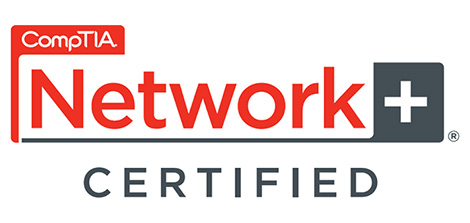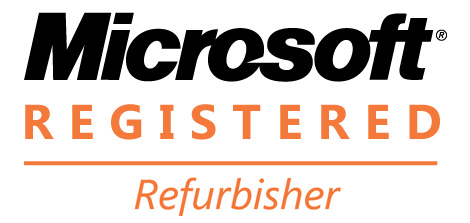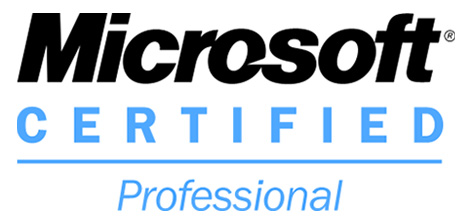“Ugh, it’s happening AGAIN?” Jessie yelled, frustrated, exasperated, and fed-up with the 3rd blue screen of death this week from her overused PC. “How can the company treat us like this?” She says aloud, purposely within earshot of not just her teammates, but also loud enough so her supervisor, sitting 6 desks away, could hear her. “How can we make our stats when we keep getting interrupted by these bad PCs?”
Jessie’s question is too often asked by Agents both at home and abroad in the BPO industry as it exists today. With competition fierce, driving down costs, companies have to control costs wherever they can, and that includes the sunk costs of running a BPO delivery center, like in facilities and PCs for Agents to use.
If your call center relies on cluttered IT equipment on your floor, you’re making a critical mistake in the way you treat your employees that is not going unnoticed. While you think you’re saving money but not refreshing your technology on a frequent basis, in many ways the decision to use slow equipment is actually costing you much more than the cost of an upgrade.
In short, if this is your company, you’re being penny-wise and pound foolish. There are three direct, critical costs you are creating for yourself when you give your employees slow PCs to work with.
First, and possibly most importantly, you are taking an employee engagement hit. In many national employee engagement surveys, companies that rate high often have engaging facilities and give their employees good tools with which to do their job. More than anything else, good tools communicate to employees that employers care and value the work that employees are doing on a daily opportunity.
It may sound silly to link slow, bogged down PCs to the idea of caring for and valuing employees, but the value principal here is the most important one. Employees with high engagement constantly report that they feel valued and listened to at work. Are you missing that opportunity to show employees that you value them by not investing in their tools?
There is a cost to this as well. Less-engaged employees are less productive, show lower work ownership, and in general, produce less for employers, not just in direct work production, but also in the quality of work they produce. Don’t you want the people talking to your client’s customers operating at the best possible?
Second, it’s an old principle – Carpenters can’t work with dull saws. We all know that a sharp saw is not only more precise, but faster in cutting wood. PCs in particular, in this day and age when they’re commoditized, are no different.
The most direct cost in PCs is clear – lost productivity. Whether it’s Jessie’s blue screen of death – that she has to wait for desktop support to fix – or simply how long she may wait for her PC to respond to her – non-refreshed PCs are slower, and they’re wasting your employees time and directly driving up handle times.
Most BPO companies promise productivity and quality SLAs to their customers. Isn’t it crazy that you could be lowering both with bad PCs for your employees? Think about all of the years of clutter that accumulates on an average machine. Literally, with a PC that hasn’t gone through a regular refresh cycle, you’re giving your employees a saw that’s slowing them down, while you still require them to produce quality work.
And how can Jessie produce quality work when, after waiting to get going again, if she’s a good employee, she’s trying catch up with a frustrated mindset – not a context that will produce quality work for your client? There’s just no win here.
Third, you’re creating maintenance costs for yourself. Every time Jessie’s PC breaks, she has to file a ticket, wait for IT, IT has to diagnose and hopefully fix the problem. Then Jessie can resume work. How long did that all take, and how much time was spent and wasted by all?
With most quality PCs, refurbished or not (more on that later), this is a stupid decision. Think about it. That whole interaction between Jessie and IT probably cost your company $100-$200 in labor costs alone (forget about all the things you spend money on to support the desktop support department).
When measured that way, if a new business-class PC costs up to $1000 and a refurbished business-class PC averages around $400, what is your hurdle rate of the investment in just one PC from just a few avoided IT tickets? The math seems pretty clear.
In a lot of ways, PCs are like cars – new ones lose a lot of value when driven off the lot. You can certainly purchase new equipment that’s top-of-the line for your employees, and that sends a signal. But you should also consider what we specialize in – refurbished equipment that can get you the performance and lower maintenance costs you need, at a savings of over 50% in general over new equipment.
Regardless of whether or not you buy from us, consider what you’re doing to your employees when you give them tools that obstruct, rather than support, the work that they do.
I’m a big fan and friend of Mike Dershowitz, the CEO of Rethink Staffing, who writes about how the industry needs to change its attitude from prioritizing the “customer journey” to prioritizing the “Agent Journey.” Good tools go a long way to caring for your agents and the Journey they’re on.
In conclusion, as you can see from increased employee engagement, improved productivity, and avoided maintenance costs, the benefits of refreshed business class PCs clearly outweigh the costs, two direct and one indirect. All you need to do is some back-of-the napkin math and you’re there. Don’t be penny-wise and pound foolish with your people – buy them good tools – you will get the money back in spades.





